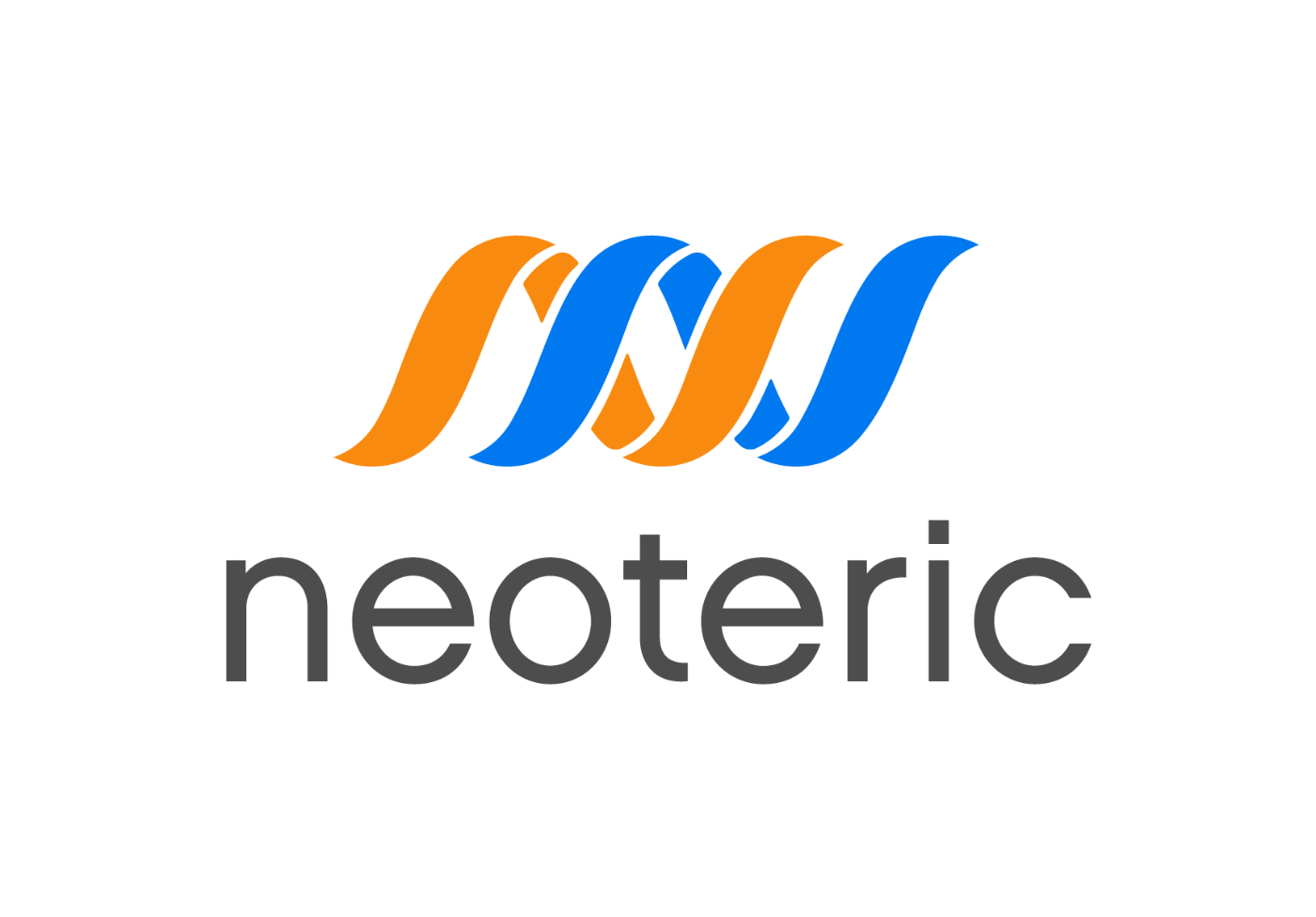Audio Presented by

Tech partner for those who want to innovate. World's top AI developers on Clutch.co.
Story's Credibility

About Author
Tech partner for those who want to innovate. World's top AI developers on Clutch.co.

Tech partner for those who want to innovate. World's top AI developers on Clutch.co.

Tech partner for those who want to innovate. World's top AI developers on Clutch.co.